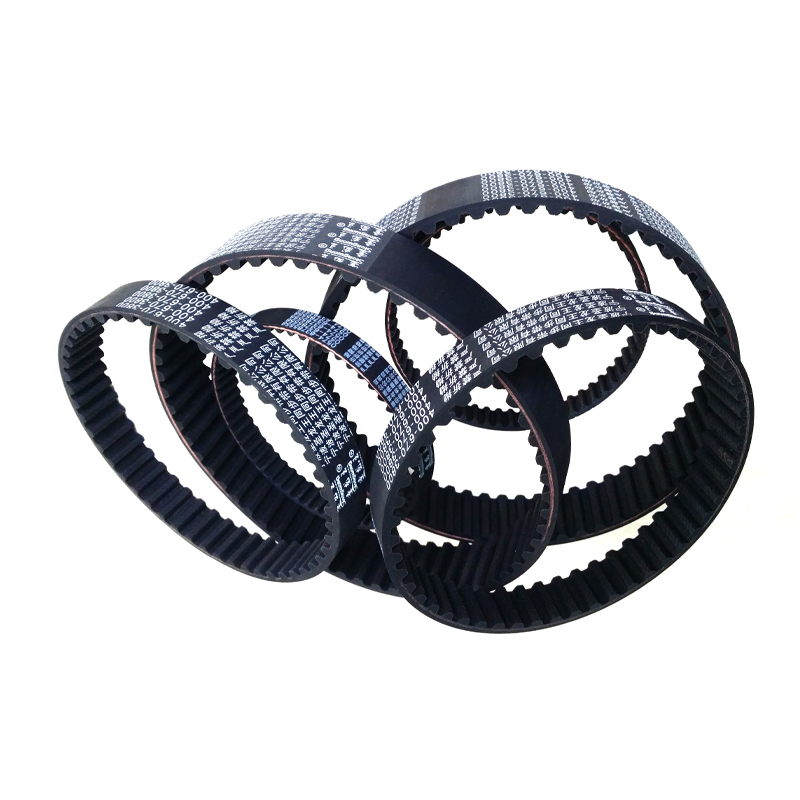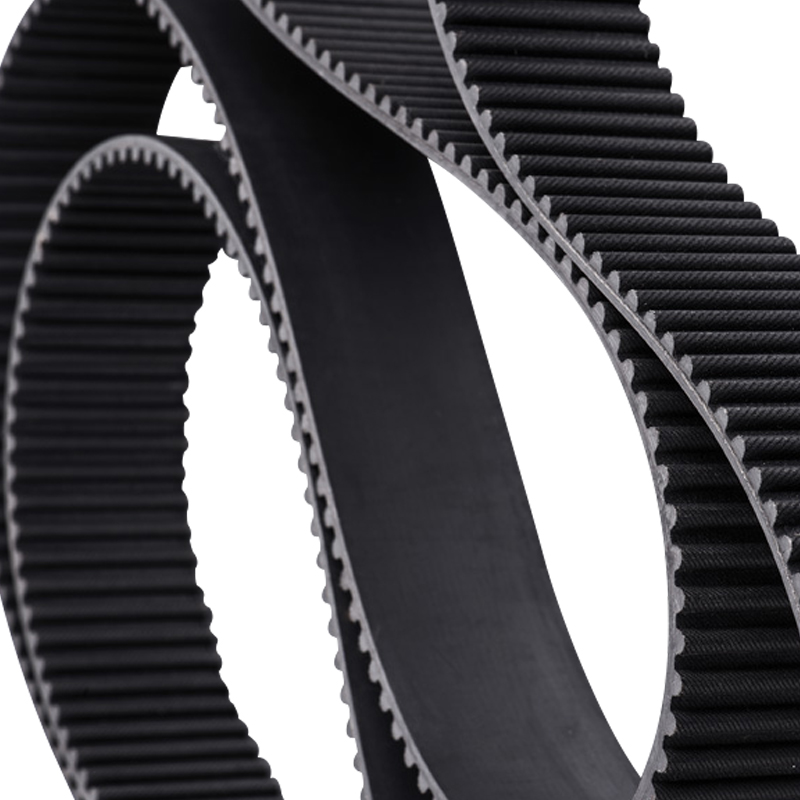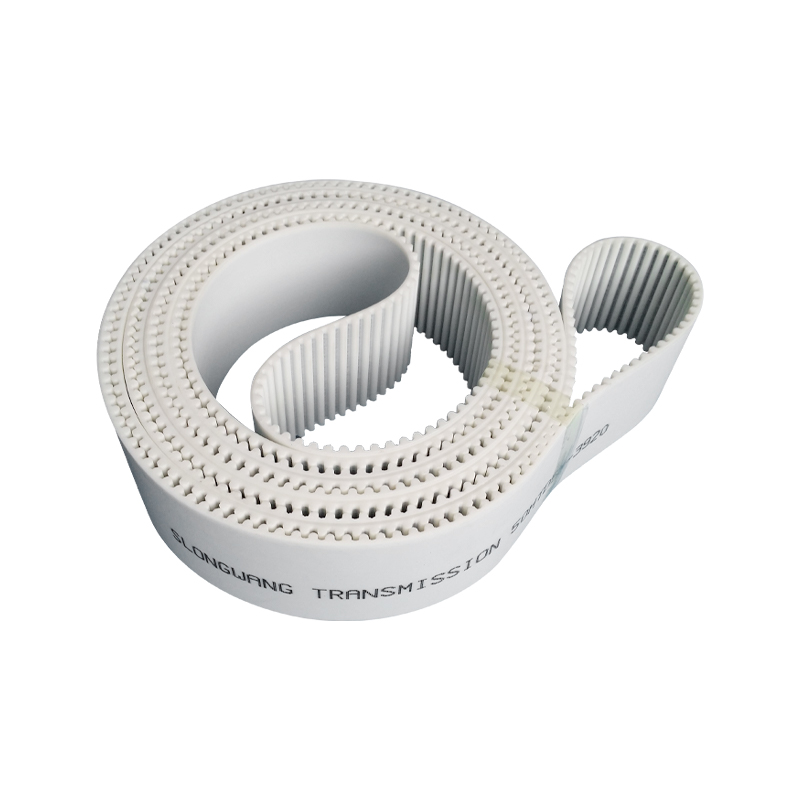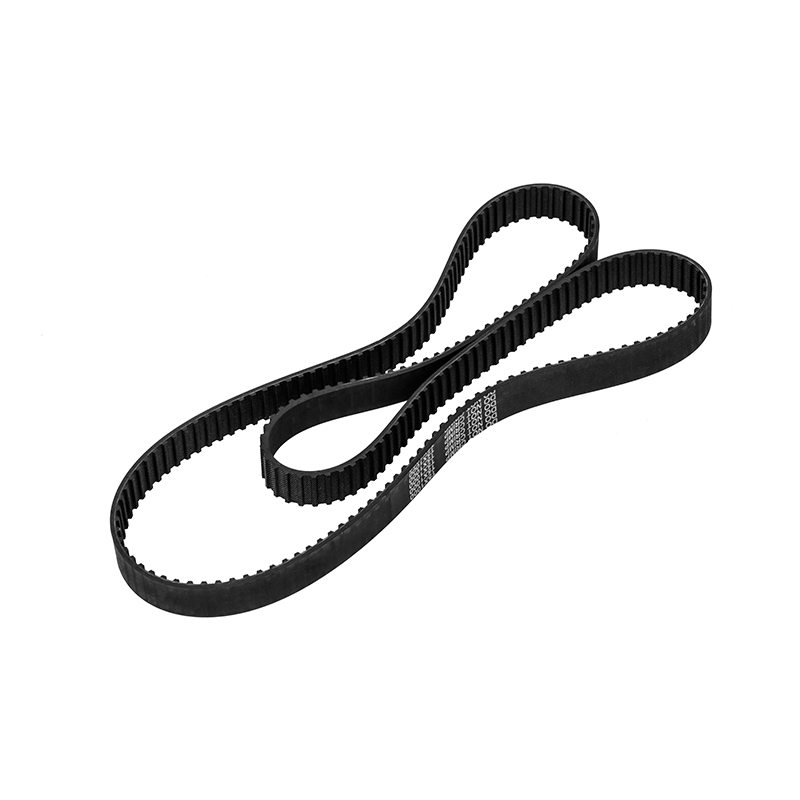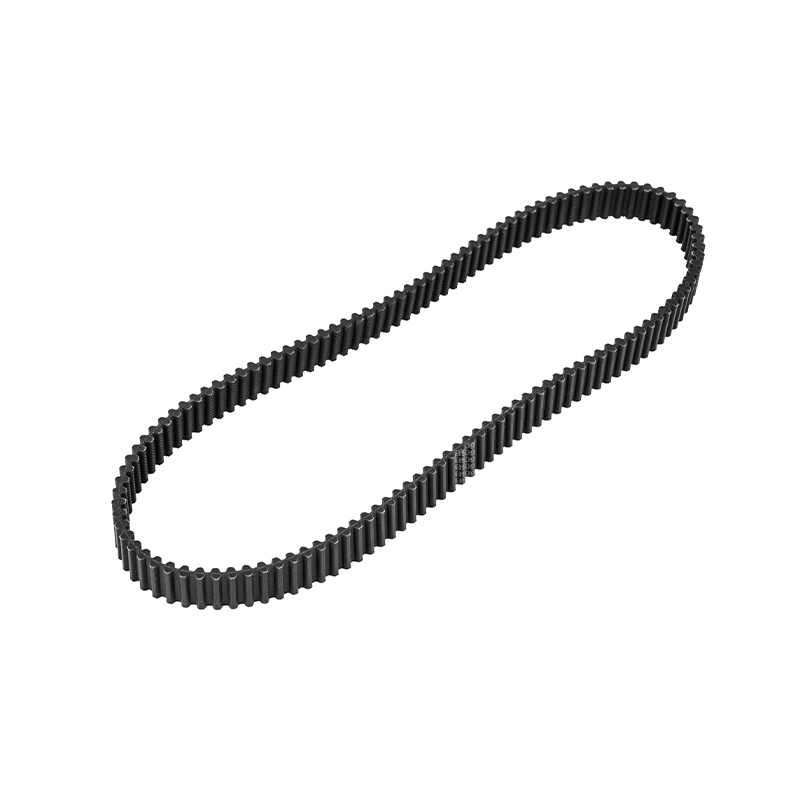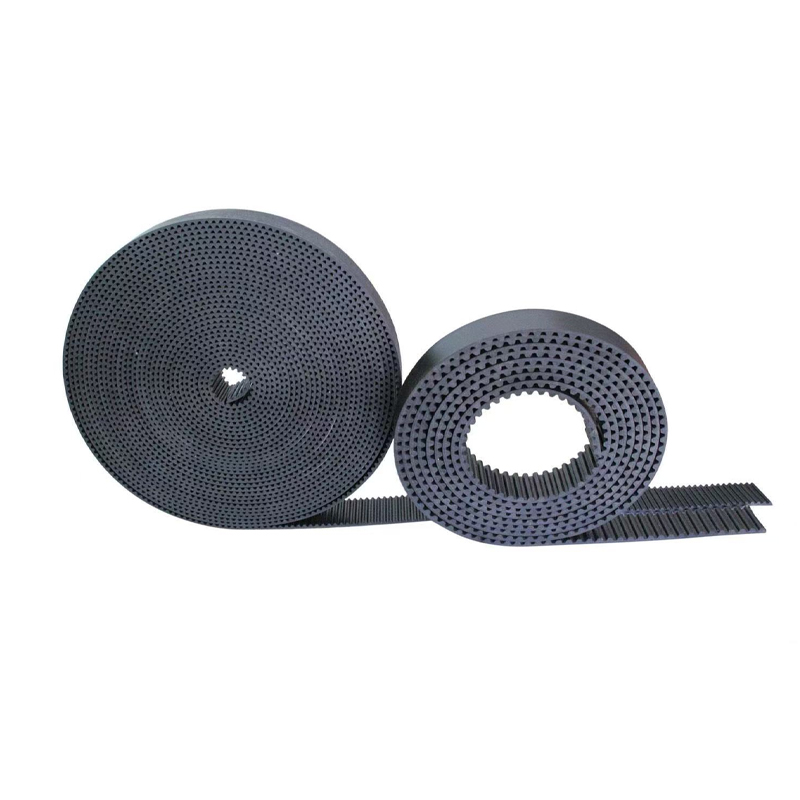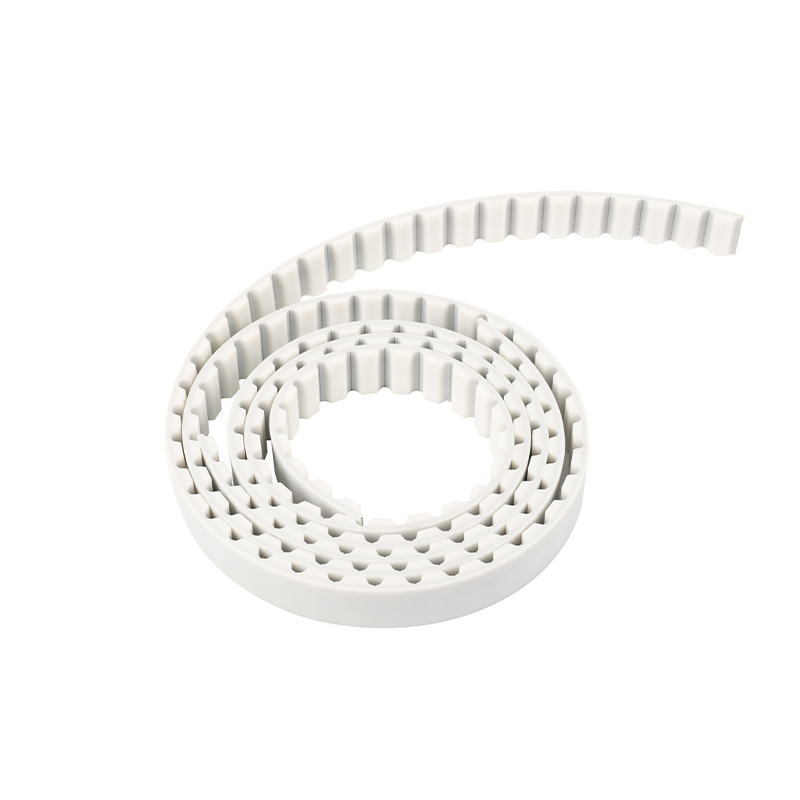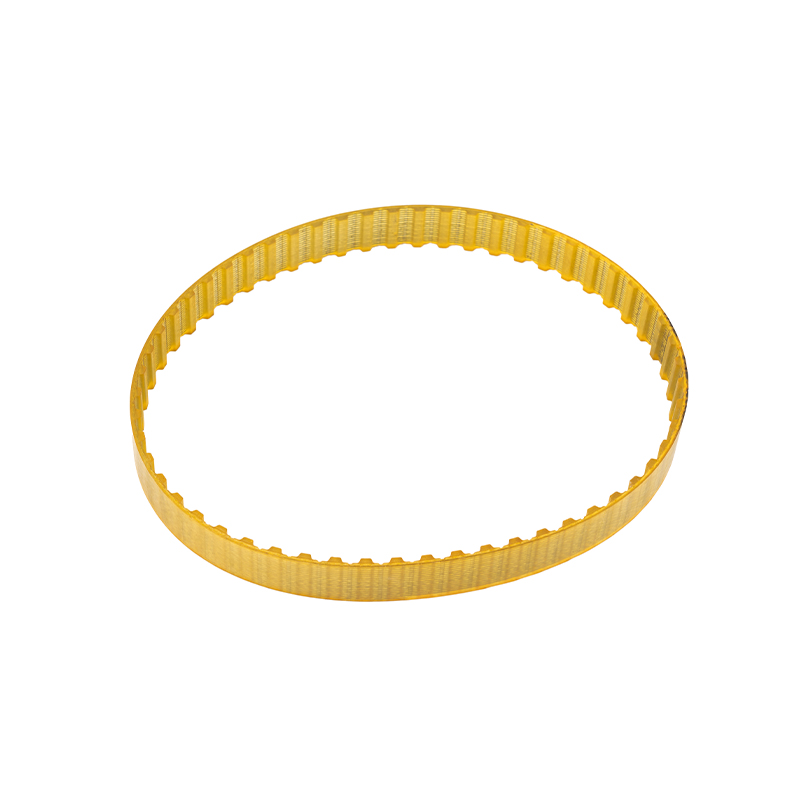Practical tips for synchronous belt and wheel installation and tension adjustment?
2025-01-25
When selecting a synchronization belt and wheel, we usually refer to the synchronization wheel selection manual. If the synchronization belt required for the transmission machinery has been selected, the synchronization wheel selection is usually based on the belt tooth type. Below are some practical insights on the installation precautions for synchronous belts and wheels and tension adjustments for synchronous belts and wheel drive systems.
Synchronous belt and wheel installation guide
Gentle Installation: Avoid using too much force when installing the sync belt and wheel onto the device. Do not force-install belts with sharp objects. Although this can be installed quickly, it often causes invisible damage to the belt, which affects its subsequent performance.
During the design and installation of the synchronization belt, try to select a structure where the center distance between the two pulleys is adjustable. If the structure does not allow this, try to install the belt and pulley on each shaft together.
Tension adjustment: After installation, it is necessary to adjust the tension of the transmission system appropriately.
Tension adjustment of synchronous belt transmission system
Parallel alignment: In synchronous belt transmission, it is crucial to ensure parallelism between the two pulley axles. Missing alignment can cause belt misalignment, skipping teeth or premature wear.
Rigid frame: The frames of various types of synchronous belt drive systems must be rigid enough to maintain the parallelism of the pulleys during operation.
If the synchronous belt drivetrain is operated under excessive loads for a long period of time, it may affect the belt slack. In addition, prolonged use may lead to poor interaction of the belt, which affects the transmission accuracy. Therefore, after using it for a period of time, it is necessary
Adjust the tension. Typically, tensioning devices for synchronous belt drive systems include periodic tensioning devices, automatic tensioning devices and tensioning pulleys.


 English
English 中文简体
中文简体